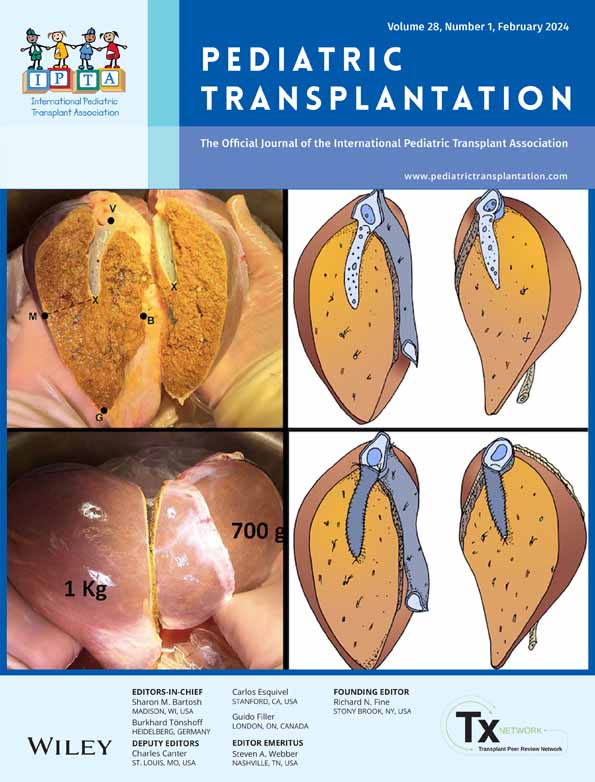Multidisciplinary management of children with acute liver failure – Report on 104 children treated in single center
Abstract
Background
Pediatric acute liver failure (PALF) is one of the most demanding emergencies in hepatology, intensive care, and for transplant team. This report describes the clinical pattern, diagnostic and therapeutic modalities in children with ALF considered at risk of death without liver transplantation, basing on a long-term experience of the pediatric transplant center.
Materials and Methods
Between 1990 and 2022, 104 children aged 7 days–17 years (median 8 years), with body weight 3.1 to 77 kg (median 32 kg), were qualified for LT due to ALF, and finally 81 (78%) of them were transplanted (9% of all 899 LT performed in children in the same period).
Results
A total of 23 children were not transplanted: 15 (14.4%) died while awaiting transplantation. In 8 (7.7%) patients liver function recovered. Before transplantation 45 (43.3%) children developed circulatory failure, in 66 (63.5%) mechanical ventilation was necessary, 18 patients presented acute kidney injury (17.3%), and encephalopathy higher than stage I was present in 60 (57.7%) patients. In 63 children, various kidney/liver assist procedures were performed: CVVHD (continuous veno-venous hemodiafiltration in 22 (21.2%) patients, albumin dialysis (MARS; molecular adsorbent recirculating system) in 39 (37.5%) patients, therapeutic plasma exchange (TPE) in 13 (12.5%) patients. Twenty (24.7%) children died after LT including 15 (18.5%) in the early posttransplant period, and 5 (6.1%) in the late follow-up.
Conclusions
Treatment of children with ALF in the peritransplant period is very difficult and require an experienced, multidisciplinary team. Despite continued advances in the care of children with ALF, patient survival remains lower than for elective indications for liver transplantation, and timely qualification and transplantation still are the most important factors of survival of these children.
Open Research
DATA AVAILABILITY STATEMENT
The data that support the findings of this study are available on request from the corresponding author. The data are not publicly available due to privacy or ethical restrictions.




